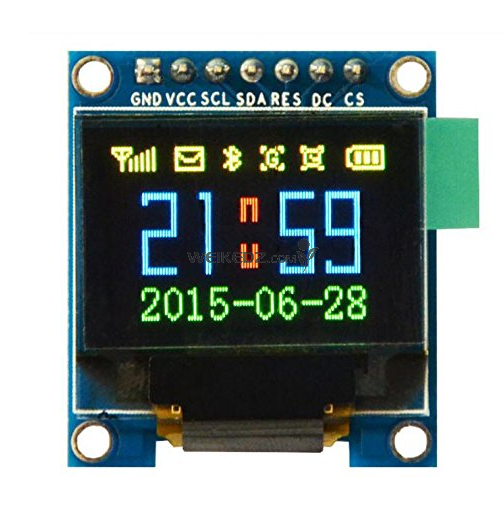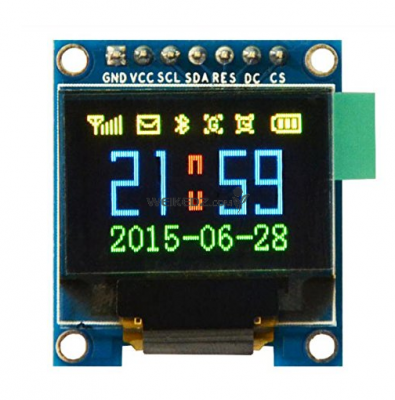 The use of OLED technology offers the following advantages for flat-panel displays?
The use of OLED technology offers the following advantages for flat-panel displays?
1. A simplified manufacturing process compared to TFT-LC
2. Self-emitting light, in contrast to the required backlight for TFT-LCD
3. High luminosity
4. Lightweight and thin
5. Capable of wide viewing angles
6. Low operating voltage and power consumption
7. Quick response
8. Wide range of operating temperatures (-40c to 85c)
How Does OLED Emit Light?
OLED?s basic structure consists of organic materials positioned between the cathode and the anode, which is composed of electric conductive transparent Indium Tin Oxide (ITO). The organic materials compose a multi-layered thin film, which includes the Hole Transporting Layer (HTL), Emission Layer (EML) and the Electron Transporting Layer (ETL). By applying the appropriate electric voltage, holes and electrons are injected into the EML from the anode and the cathode, respectively. The holes and electrons combine inside the EML to form excitons, after which electroluminescence occurs. The transfer material, emission layer material and choice of electrode are the key factors that determine the quality of OLED components.
note: if you decide to buy oled display . you must confirm tat you can make it work by yourself , we will haven't any technology support except all the datasheep . thanks for your understanding and support
Pin Description:
GND: Power ground
VCC:2.8-5.5V power supply
D0: CLK clock
D1: MOSI data
RST: Reset
DC: data / command
CS: chip-select signal




